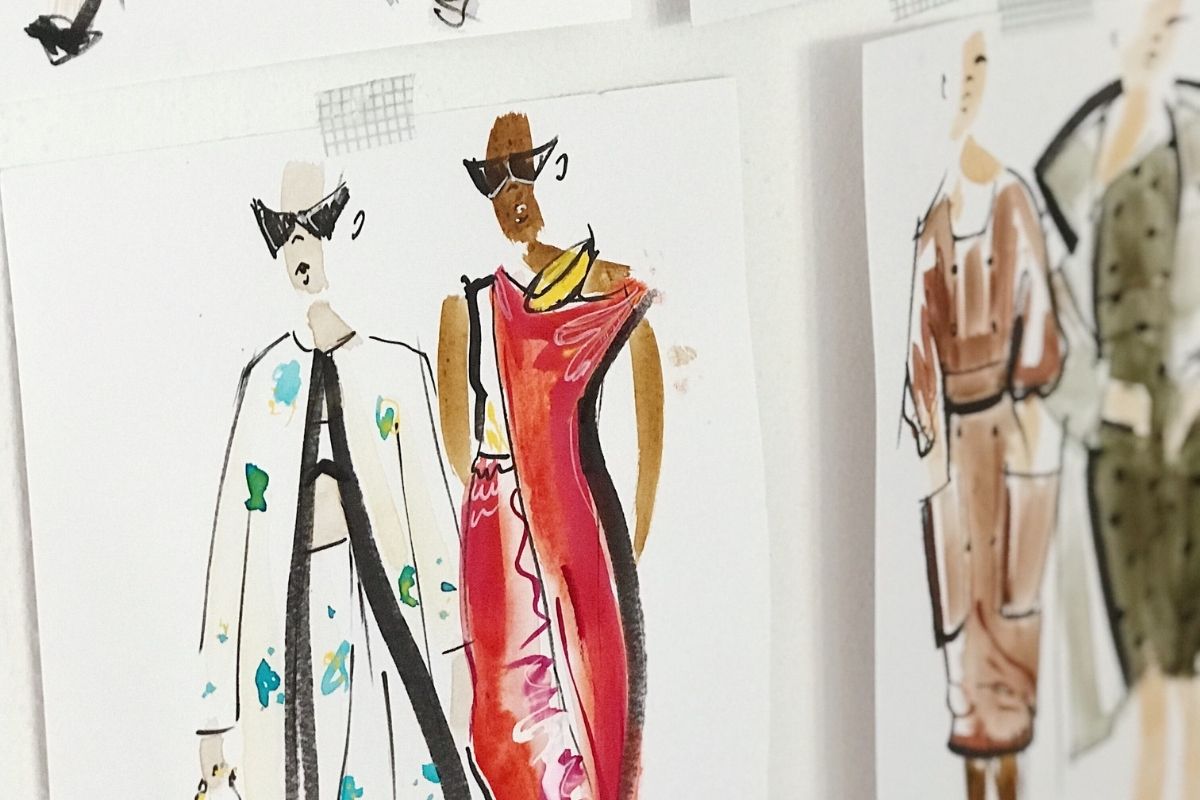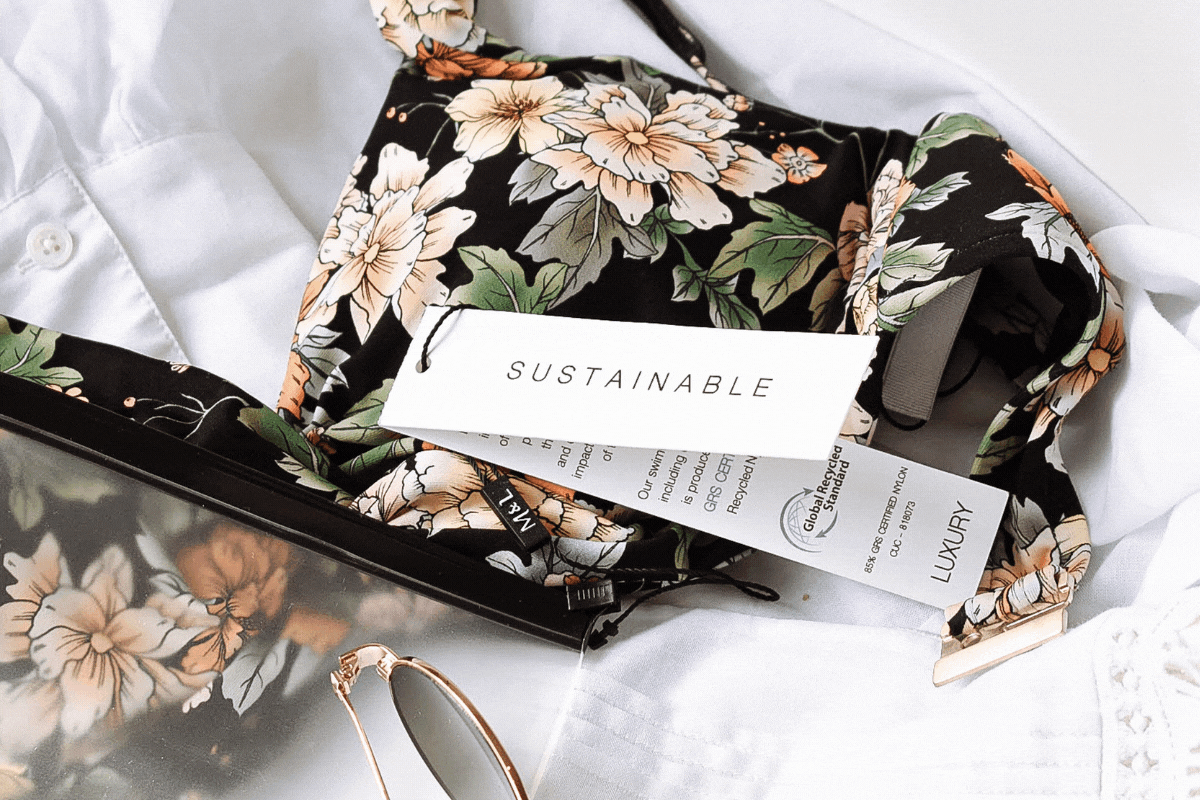Ecommerce Concepts & Models: Business Website Basics
Today, every brand has a website. They have a web presence of some sort. I believe your website should provide precisely what your customers, or tribe, are looking for.
Many businesses use e-commerce. However, the internet is a bit more educational. You can buy clothes on the web, but first, let us tell you about ourselves. We’ll show you how we sustainably make our products.
It becomes a component of marketing and romancing the customer with who you are and how you conduct business. Nobody wants to be more than a few mouse clicks away from making a purchase. You must make it simple and easy to use.
I believe that user-friendliness is the key. A lot of really high-end corporations, in my opinion, are really good at making attractive visuals. You go to the site, and it’s absolutely stunning, and it perfectly captures the look they’re after. However, if you can’t easily navigate from item to item or see the product’s information, you’ll discover abandoned carts more often than not. Alternatively, they could have simply given up and departed.
We’ve witnessed significant growth in online shopping. Even those I would never expect to embrace e-commerce, such as my parents and people in their eighties, have acclimated to it, and everyone is doing it this way. You’ll want to make sure that your website is simple to use however you put yourself out there.



